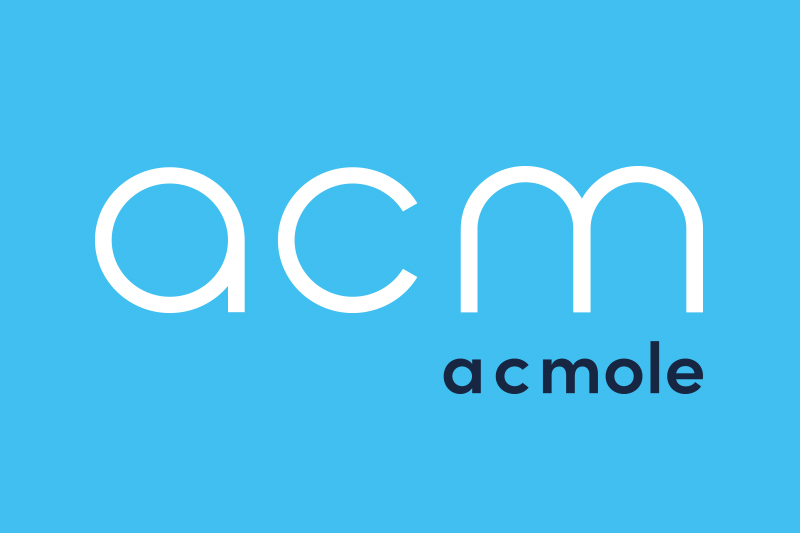
The Construction Industry Scheme (CIS) VAT domestic reverse charge will be introduced in the UK from 1 March 2021
- The supplier will issue an invoice to the customer showing all the information required on a VAT invoice. The invoice should include a note making it clear that the domestic reverse charge applies and that the customer is required to account for the VAT.
- The invoice should also clearly state how much VAT is due under the reverse charge, or the rate of VAT if the VAT amount cannot be shown.
- VAT should not be charged to the customer.
- The related VAT Return will show the net value of the sale but no associated VAT.
- If the customer pays for the service before an invoice is raised, then the sale should be accounted for on the date of receipt of payment.
- The VAT should be included in box 1 of the VAT Return.
- The VAT should be simultaneously recovered by including it in box 4 of the VAT Return.
- The net value of the purchase should be included in box 7 (purchases). No entry should be made in box 6 (Sales).
- The service should be accounted for on the date you make the payment, unless the supplier has already issued a tax invoice in which case the VAT should be accounted for using the date of the invoice.
- The supply consists of construction services under the scope of CIS.
- The supply is subject to VAT at the standard or reduced rate (20%/5%).
- The services supplied are between a UK VAT registered customer and a UK VAT registered supplier.
- The customer and the supplier are registered for CIS.
- The customer intends to make an onward supply of construction services to another party (excluding end users and intermediary suppliers – see below for further detail).
- Non-VAT registered customers.
- ‘End Users’ i.e. a VAT registered customer who is not planning on making an onward supply of construction services.
- ‘Intermediary suppliers’ i.e. parties that are connected or two companies within the same group.
Accounting software hasn’t, as yet, been updated for the new DRC system however most of them already have the ability to deal with other forms of Domestic Reverse Charge. You should ensure that you are using the latest version of your accounting software so that this reflects any software updates relating to the VAT reverse charge.


